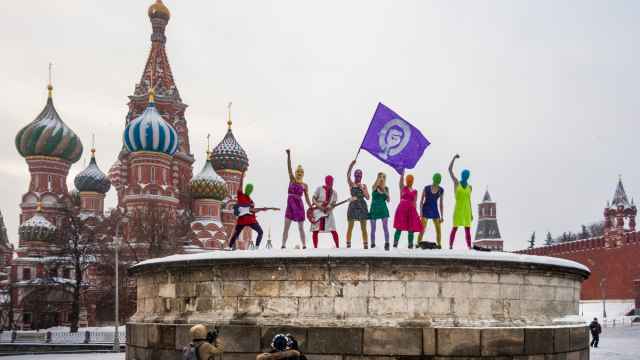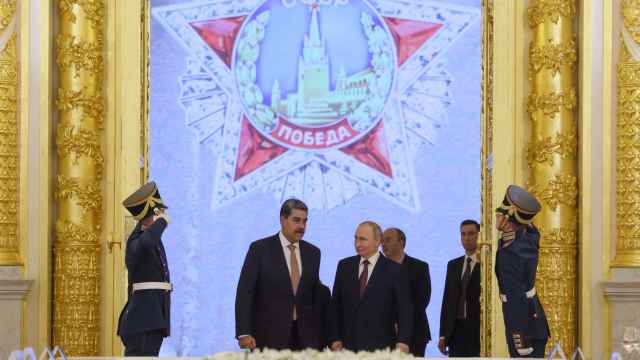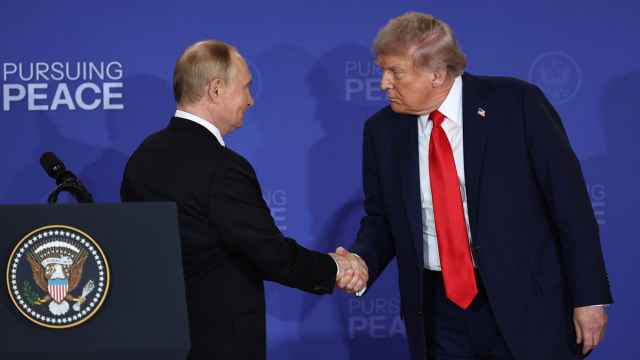The mountainous settlement of Fiagdon and the surrounding villages are usually associated with the serene beauty of the Kurtatin Gorge, the incredibly clean air and famous medieval crypts. Now this highland region of North Ossetia is also known for inter-religious strife.
Most people regard Ossetia as the last holdout of Christianity in the North Caucasus, the rest of the ethnic groups being predominantly Muslim. In fact, according to some estimates, about 20 percent to 25 percent of North Ossetia's population is Muslim. Traditionally Ossetians are divided into three so-called ethnic groups: Iron, Kudar and Digor. Each speaks its own dialect of the Ossetian language. Iron and Digor constitute the majority of North Ossetia, while Kudar live in South Ossetia. Some of the Digor in the west Irafsky district were influenced by Islam in Kabarda and became Muslim as early as the 16th century.
The troubles in Fiagdon started when local businessman Ruslan Rubayev decided to build a small minaret and a prayer room next to his house in the village of Khidikus. He started building a three-meter-high minaret in his own backyard and claimed it was for personal use only. Some of the residents of Khidikus, however, were not happy to see a minaret in their village and worried that it could lead to spread of Islam in this traditionally Christian region.
The elder of the village Khidikus, Soslan Tsagaroyev in his interview to Kavkaz-Uzel refereed to the minaret as a "mosque" and said: "We are Christians. There are no Muslims here." (Click here to watch the video)
In early February a large meeting of local residents, about 200 people, gathered in Fiagdon's Community Center to protest the construction of the minaret. Five hundred people signed a petition addressed to the President Dmitry Medvedev asking him to stop attempts at destabilizing the region by organizing a Muslim community in the Kurtatin Gorge. They then marched to Khidikus to talk to Rubayev, and he promised to dismantle his minaret. Later it was claimed that many protesters were bused in from Vladikavkaz, the capital of North Ossetia, and had no connection to the Fiagdon residents.
A heated discussion in the Ossetian blogosphere ensued (for example). The problem is that for many Ossetians, Muslim equals Ingush and is therefore connected to the conflict of 1992 between the two ethnic groups and more recent memories of the school siege in Beslan and subsequent terrorist attacks in Vladikavkaz.
As everywhere else in the North Caucasus, Ossetia desperately needs a more cohesive policy on educating population that an observant Muslim and a terrorist is not the same thing. Denying Muslims the right to pray even in the privacy of their own homes can only lead to further radicalization of Islam in what already is a very delicate situation.
A Message from The Moscow Times:
Dear readers,
We are facing unprecedented challenges. Russia's Prosecutor General's Office has designated The Moscow Times as an "undesirable" organization, criminalizing our work and putting our staff at risk of prosecution. This follows our earlier unjust labeling as a "foreign agent."
These actions are direct attempts to silence independent journalism in Russia. The authorities claim our work "discredits the decisions of the Russian leadership." We see things differently: we strive to provide accurate, unbiased reporting on Russia.
We, the journalists of The Moscow Times, refuse to be silenced. But to continue our work, we need your help.
Your support, no matter how small, makes a world of difference. If you can, please support us monthly starting from just $2. It's quick to set up, and every contribution makes a significant impact.
By supporting The Moscow Times, you're defending open, independent journalism in the face of repression. Thank you for standing with us.
Remind me later.





